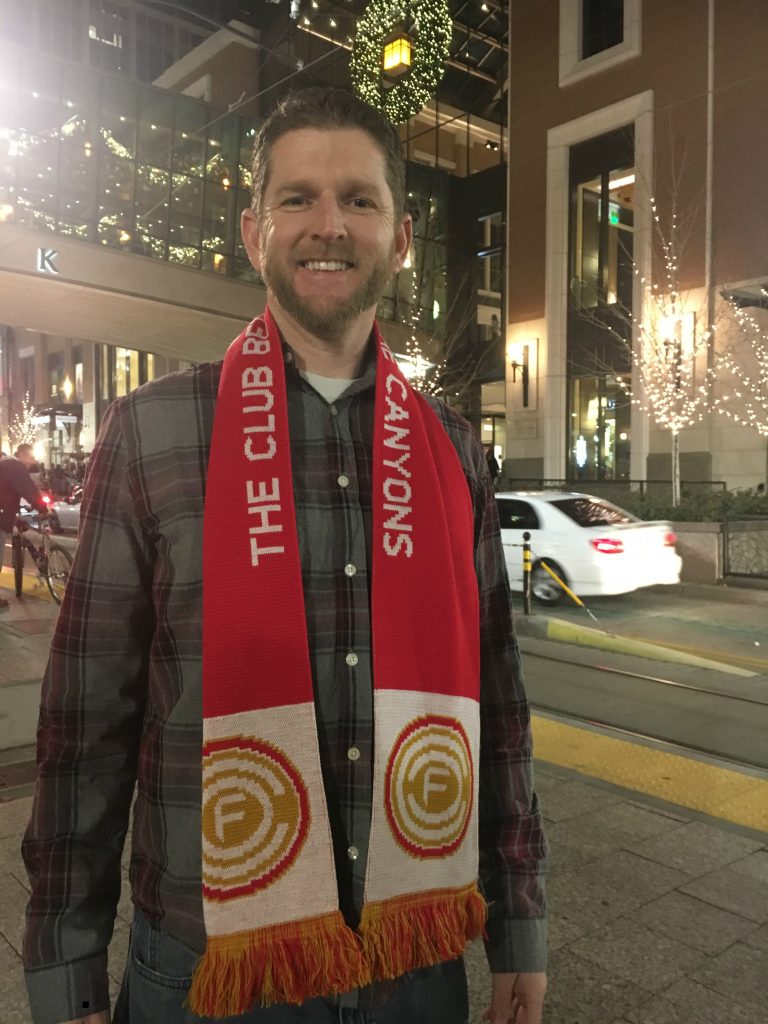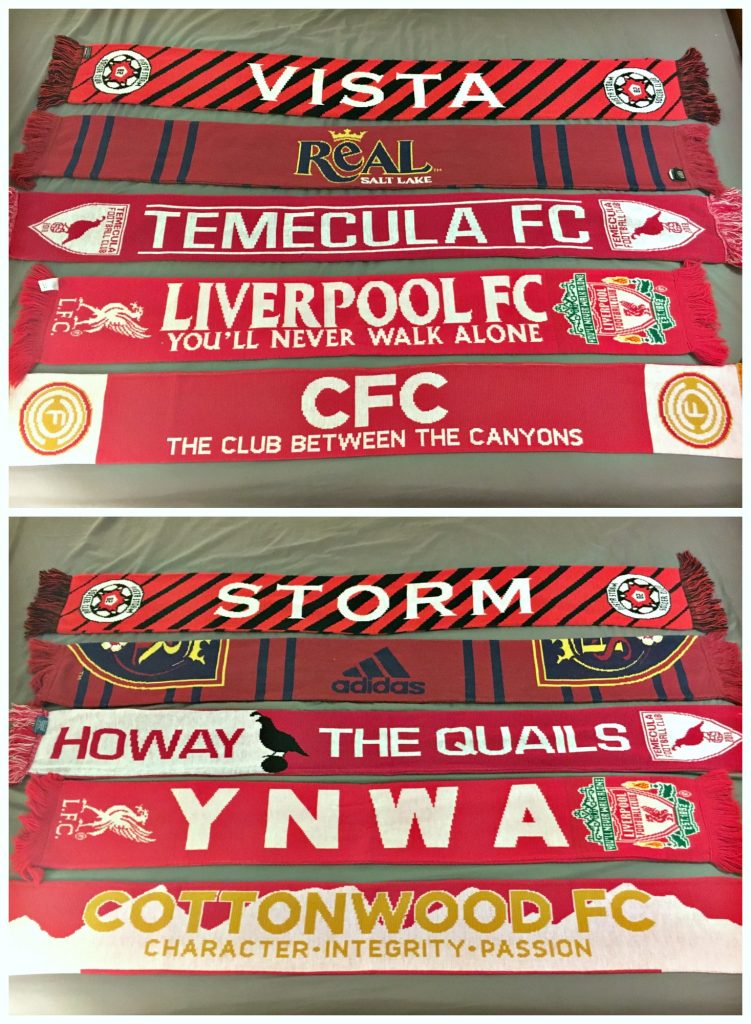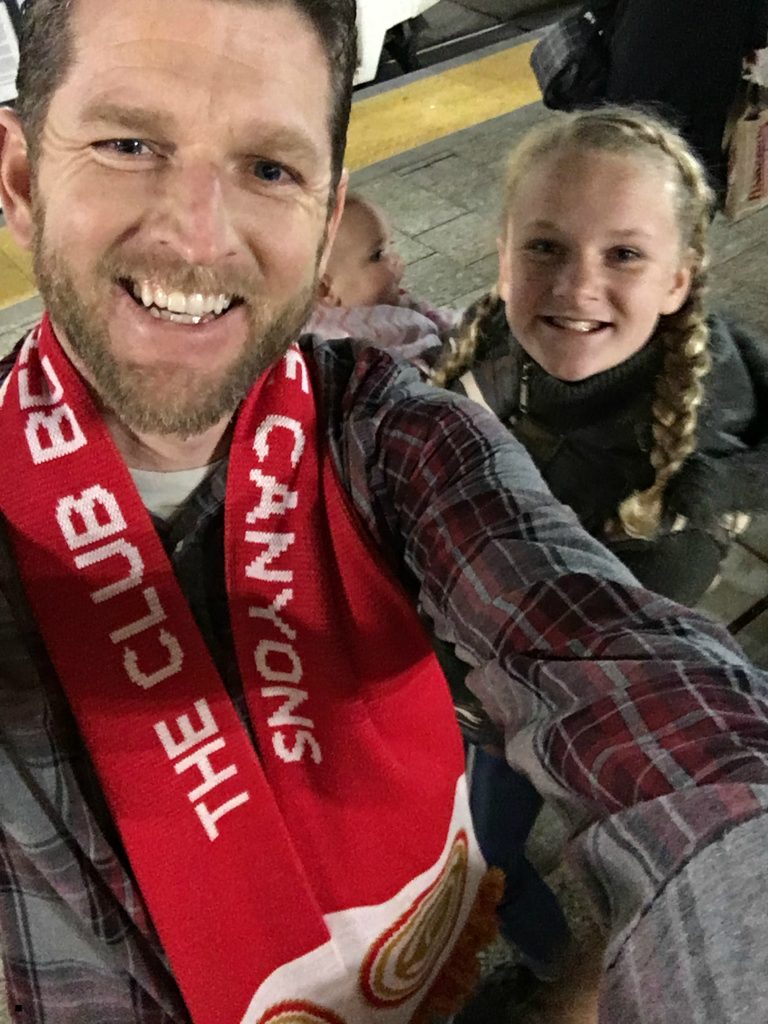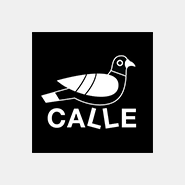Earlier this year CFC introduced a club scarf as part of its apparel offering. For some that are newer to the sport, you might be wondering, “Why in the world would I need a scarf in the middle of the summer?” As someone who loves the tradition and history of the “beautiful game” I wanted to share what soccer scarves are all about.
Where the sport itself originated can be debated with forms of the game being traced back over 2,000 years to the Far East. Other ancient civilizations had versions of soccer but it is widely accepted that the beginnings of “Association Football” began in Great Britain in the second half of the 19th century. And it is to Britain where we need to look for the origination of the soccer scarf as well.
Imagine attending a match in London, in December, in the 1930s. The other supporters all around you would almost exclusively be men and they would be dressed in the attire of the day, trying to stay warm in the bitter cold and rain of a British winter. You would see mostly black and dark gray coats, white shirts and flat hats. We’d probably say people looked more like they were dressed for church or the theater rather than a sporting event. This was well before uniform sales and mass produced team gear for sale to the public.
So, if you can’t go down to the local sports shop and buy your favorite team’s jersey, and your clothing color options consist of black, dark gray and dark brown, how do you show your team spirit? At first one started to see colored ribbons or “favors” then came rosettes, colored rattles and colored hats or clothing. Enter the team scarf.
A silent, black and white clip from the 1934 FA Cup 4th Round tie between Arsenal and Crystal Palace shows a fan entering the terraces at Highbury, wearing the requisite dark jacket and fedora, but with an article of clothing that stands out among the crowd: the “bar scarf.” He would not be alone for long. Fulfilling two essential purposes, taking the sting out of the cold for the wearer and proudly demonstrating his team allegiance, team scarves gained more and more momentum and were seen at more and more matches. Scarves were simple, often hand-knitted by grandmothers (for a time they were called “granny-scarves”), with two to three colors in alternating bars with some fringe at the end. When one’s team scored they were easy to take off quickly and swing around in jubilation with fellow supporters. An iconic piece of soccer wear quickly became cemented into the culture.
Fast forward to 2017. In matches across the globe, before, during and after the final whistle, you will see fans with scarves held high in support of their teams. They are held outstretched as we sing the team anthems, raised toward the heavens when a goal is scored and clutched in agony as goals are conceded. Scarves, over time, became more complex showing team crests, team mottos and slogans, and even scarves for specific, particularly important matches such as cup finals. They are seen in the heat of the summer as well as the dead of winter. The scarf is something unique to our sport and a wonderful way to show one’s support of his or her team.
So, when I had the opportunity to help design our first club scarf, I jumped at the chance. The CFC scarf shows our red, white and gold colors as well as bearing our club crest and our motto: Character. Integrity. Passion.
I would love to see more parents wearing and raising their CFC scarves proudly on the sidelines. I would love to see players with scarves tied to their backpacks, around their necks on cold days and up on the slopes. I would love to see hundreds of scarves in our section at the club’s RSL night. In short, I’d love to see us embrace the uniqueness of our sport and of its iconic piece of fanwear to show that we are not just another youth soccer club in the valley.
Written by: Coach Tyler Tinling









